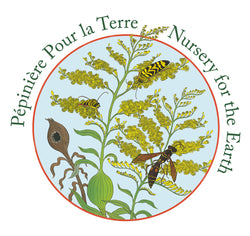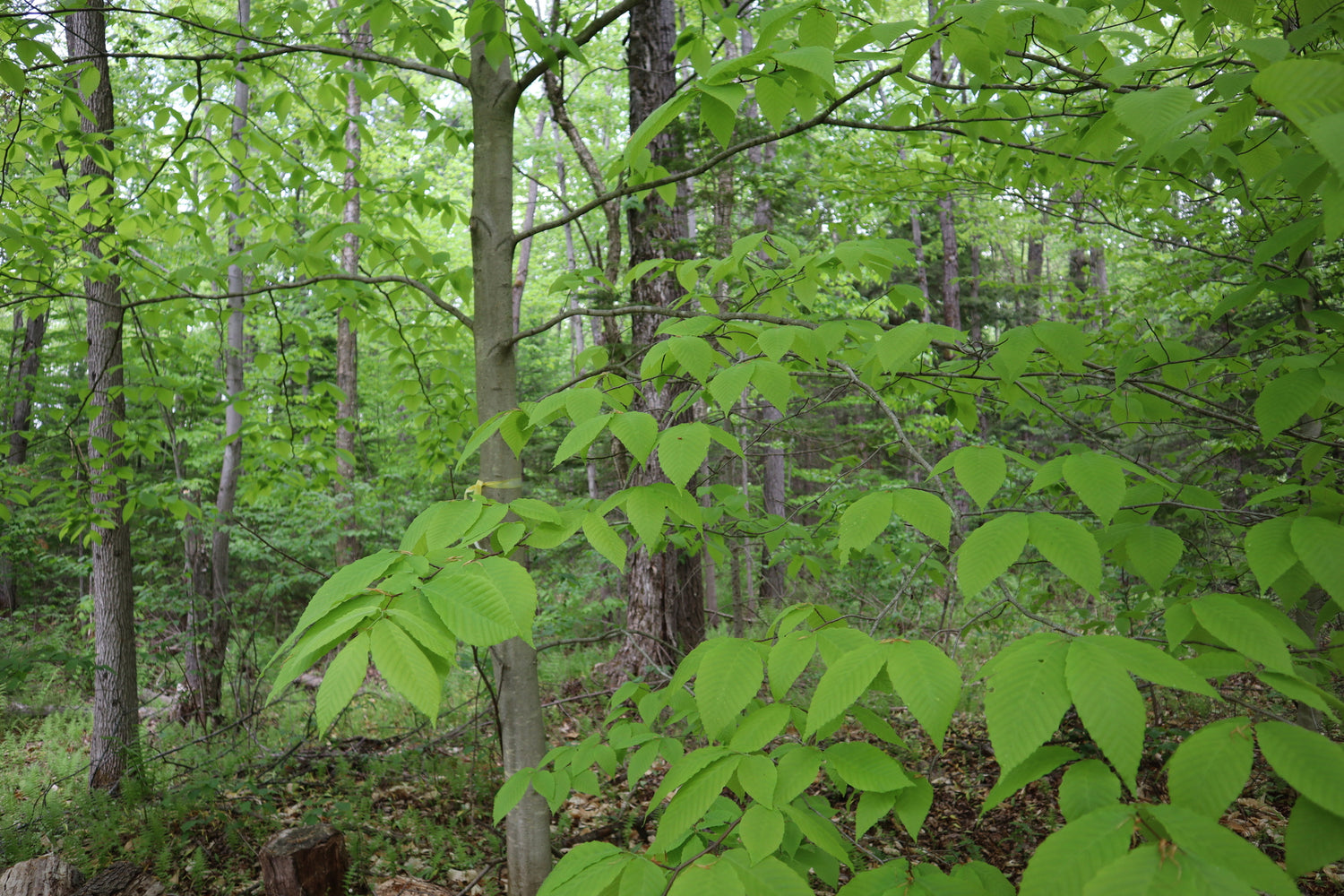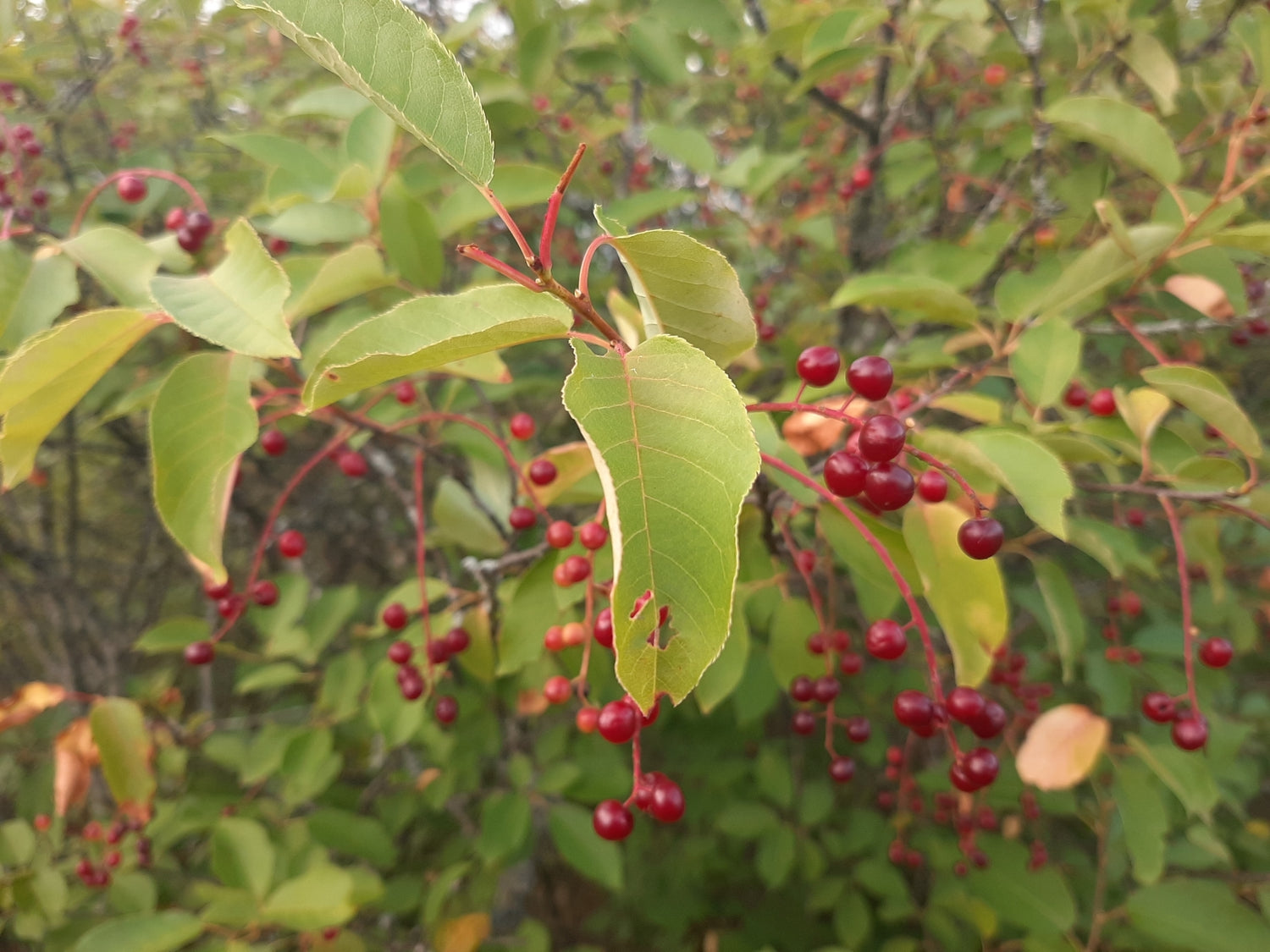Nursery for the Earth
Salix bebbiana (Fr: saule de Bebb | En: Bebb's willow)
Couldn't load pickup availability
Bebb’s Willow
Salix bebbiana
Alternative names: Long-beaked Willow, Diamond Willow
French: Saule de Bebb
Bebb’s Willow is one of our more common native willows—typically a shrub or small tree—found in marshes, wet meadows, floodplains, and along riverbanks. Despite its preference for moist environments, it is highly adaptable and can thrive in rocky, sandy, or periodically dry soils.
It is one of the first plants to flower in spring, producing soft, silvery catkins that place it in the group of shrubs commonly referred to as “pussy willows.” However, it should not be confused with Salix discolor, the more well-known Pussy Willow species.
These early blooms are a critical nectar and pollen source for early-season pollinators. Bebb’s Willow also supports a wide range of insects, including gall-forming species like the Willow Pine Cone Gall. These unusual cone-like structures are not just ornamental curiosities—they attract insectivorous songbirds, who feed on the insects developing inside.
Its wood is known for its striking “diamond willow” grain, which is sought after by woodcarvers. The flexible branches have also been traditionally used for weaving and basketry.
Height: 2 to 6 m (can grow taller in moist sites)
Bloom time: Early spring
Light: Full sun to part shade
Moisture: Moderate to wet
Soil: Various, including sand, loam, and rocky soils
Habitat: Marshes, meadows, riverbanks, floodplains, rock barrens
Ecological benefits: Early pollinator resource, insect host, bird forage, erosion control
Cultural uses: Wood carving (diamond willow), weaving
Share









